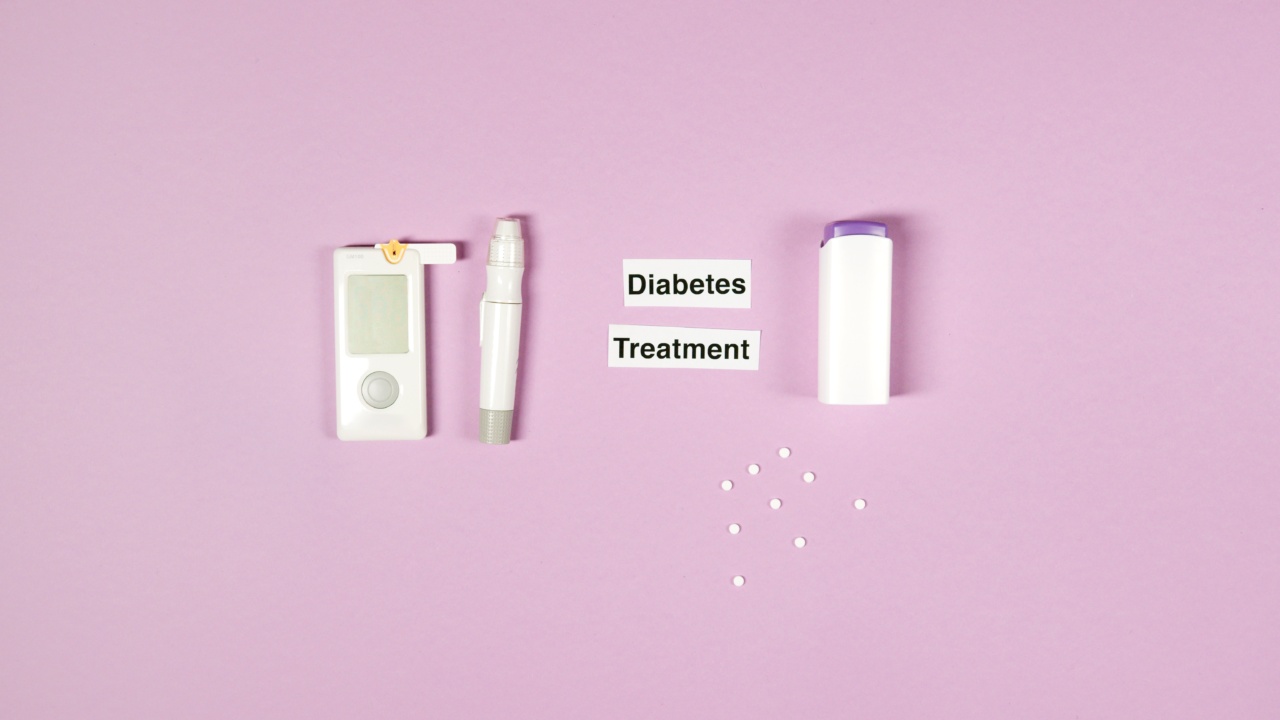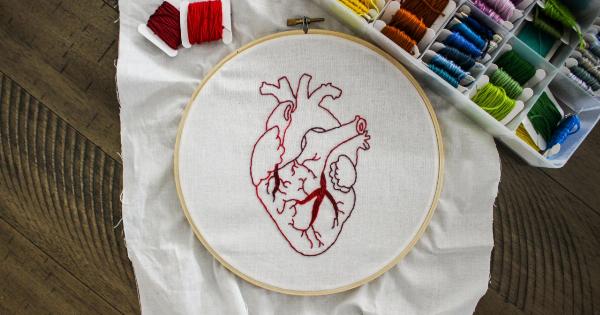Diabetes is a chronic condition that affects millions of people worldwide. It occurs when the body is unable to regulate blood sugar levels properly, leading to high blood sugar levels. There are two main types of diabetes, type 1 and type 2.
Type 1 diabetes is an autoimmune disease where the body’s immune system attacks and destroys the insulin-producing cells in the pancreas. Type 2 diabetes, on the other hand, is characterized by insulin resistance, where the body’s cells do not respond properly to insulin. Both types can lead to serious complications if left unmanaged.
The Role of Basal Insulin
Basal insulin, also known as long-acting insulin, plays a vital role in the management of diabetes. It is a form of insulin that is released slowly and steadily over an extended period, providing a constant level of insulin in the body.
Basal insulin helps regulate blood sugar levels during periods of fasting and between meals. It acts as a foundation for managing diabetes and prevents the body from producing excessive glucose in the liver.
New Treatment Options
In recent years, there have been promising developments in the field of diabetes treatment.
Researchers and pharmaceutical companies have been working tirelessly to develop more effective treatment options that can improve the lives of those living with diabetes. Several new treatment options have emerged, aiming to provide better blood sugar control and reduce the burden of managing diabetes.
Continuous Glucose Monitoring (CGM)
CGM is a relatively new technology that has revolutionized diabetes management. It involves a small sensor placed under the skin that continuously measures glucose levels in the interstitial fluid.
The sensor transmits this data wirelessly to a receiver or a smartphone, providing real-time information about glucose levels throughout the day and night. CGM helps people with diabetes make more informed decisions about their insulin doses, diet, and physical activity, enabling better glycemic control.
Artificial Pancreas Systems
Artificial pancreas systems, also known as closed-loop systems, are a major breakthrough in diabetes management.
These systems combine CGM technology with an insulin pump to automatically deliver the required amount of insulin based on the real-time glucose readings. This closed-loop system mimics the function of a healthy pancreas, significantly reducing the burden of manual insulin dosing and improving blood sugar control.
Artificial pancreas systems have shown great promise in clinical trials and are expected to become more accessible to people with diabetes in the near future.
Incretin-based Therapies
Incretin-based therapies are a class of medications that work by mimicking the actions of incretin hormones, which stimulate insulin secretion in response to increasing glucose levels.
These medications, such as glucagon-like peptide-1 (GLP-1) receptor agonists and dipeptidyl peptidase 4 (DPP-4) inhibitors, can help lower blood sugar levels in people with type 2 diabetes. Incretin-based therapies have the added benefit of promoting weight loss and reducing the risk of cardiovascular complications, making them an attractive option for many patients.
SGLT2 Inhibitors
Sodium-glucose cotransporter-2 (SGLT2) inhibitors are a relatively new class of diabetes medications that work by blocking the reabsorption of glucose in the kidneys.
This leads to increased glucose excretion through urine, resulting in lower blood sugar levels. SGLT2 inhibitors also have other benefits, such as weight loss and blood pressure reduction. These medications have shown efficacy in both type 2 diabetes and certain cases of type 1 diabetes when used in conjunction with insulin therapy.
Bariatric Surgery
Bariatric surgery, commonly performed for weight loss purposes, has been found to have a positive impact on diabetes management.
Several studies have shown that bariatric surgery can lead to significant improvements in blood sugar control, often resulting in remission or reduction of the need for diabetes medications. The exact mechanisms behind the metabolic effects of bariatric surgery are still being studied, but it appears that the procedure alters hormone production and gut microbiota, leading to improved insulin sensitivity and glycemic control.
Gene Therapy
Gene therapy holds great promise for the future of diabetes treatment. This experimental approach aims to introduce or modify genes in the body’s cells to correct the underlying cause of the disease.
In the case of type 1 diabetes, gene therapy could potentially restore the ability of the pancreas to produce insulin by introducing genes that encode for insulin production. Although gene therapy is still in its early stages of development, significant progress has been made in preclinical and clinical studies, giving hope for a future where diabetes can be cured or effectively managed through genetic interventions.
Combination Therapies
As diabetes is a complex disease with multiple underlying causes, combination therapies are often used to address the various aspects of the condition.
Combining different classes of medications, such as basal insulin with incretin-based therapies or SGLT2 inhibitors, can provide a synergistic effect, leading to improved glycemic control. Combination therapies help overcome the limitations of individual medications and offer more personalized treatment approaches based on the unique needs and characteristics of each individual with diabetes.
Conclusion
The advancements in diabetes treatment, including the use of basal insulin and new therapies, provide hope for better outcomes for people living with diabetes.
From continuous glucose monitoring to artificial pancreas systems and gene therapy, these developments offer new possibilities for improved blood sugar control and reduced risks of complications. However, it is important to note that individual responses to treatment may vary, and ongoing research is required to further refine and optimize these approaches.
With continued efforts in research and development, the future of diabetes management looks promising, offering hope to diabetics worldwide.




























